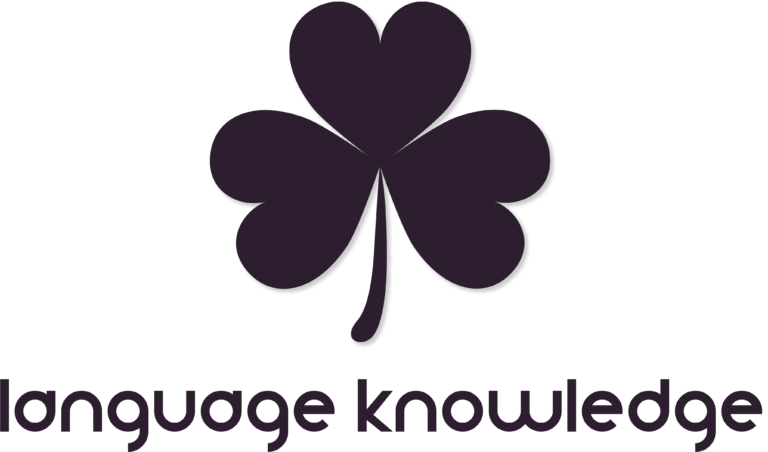Written by: Editor | Updated on: June 1, 2020 | Published on: July 6, 2017
Simple Present
Tense
Language Knowledge / English / Grammar / Simple Present Tense
Anzeige
Simple Present Tense: Usage
The simple present tense is used in English to describe something that is happening at that moment.
? Simple present formation
Regular formation of the simple present
Infinitive + („-s“)
Basically, the formation of the “Simple Present” is quite simple, since only the infinitive is used. However, the formation of the third person singular may cause problems. In this case, an “-s” must be appended to the end of the verb.
do not (don’t) + Infinitive
Likewise, the formation of the negation is not much more complicated, except that a “do not” stands before the verb. As with a “normal” sentence, there is also a special case of negation. This special case refers back to the third person singular, which is only used in this way “do not” “does not“. In this case, the “-s” is omitted from the “verb”.
Irregular
Fortunately, there are only three irregularities in the simple present. On the one hand, “have/has” and “-am/-is/-are” in the third person singular.
Anzeige
‼️ What you have to consider in the present tense in English
The most important rule!
When forming the simple present you have to put an “-s” to the “verb” in the third person singular!
Spelling:
The bottom line is that in the “Simple Present” there is only one hacking in the spelling, while forming the third person singular. There are few points to keep in mind:
1. Verbs that end in a “sibilant”:
Here an “-es“ is attached:
- watch becomes watch-es
- pass becomes pass-es
- go becomes go-es
- do becomes do-es
2. Verbs with “-y” at the end:
It is important to note what is in front of the “-y”:
FOR A VOWEL:
The “-s” is simply attached:
- play becomes play-s
FOR A CONSONANT:
“-y“ goes away and an “-ies“ is attached:
- hurry becomes hurr-ies
Don’t be confused:
Important: “do not” is synonymous with “don’t” and “does not” is synonymous with “doesn’t“.
Anzeige
2️⃣ Simple present tense examples
Normal sentence in the simple present tense
I learn.
A negative sentence in the simple present tense
I do not learn. (or) I don’t learn.
A question sentence in the simple present tense
Do I learn?
? Signalwords
- always
- often
- usually
- sometimes
- never
- every day / week / …
You read: Simple Present Tense | Present Simple












